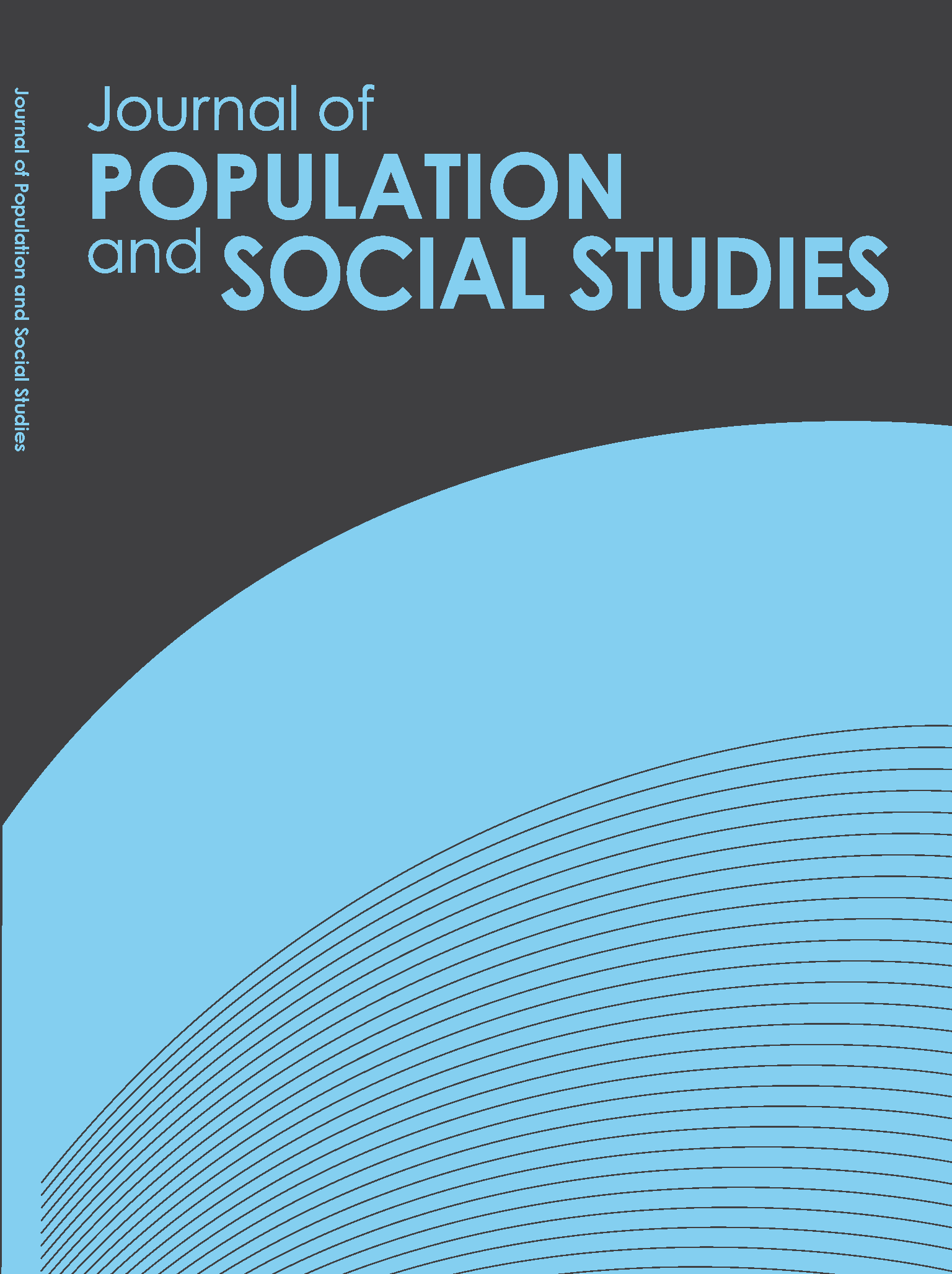Influence of Connectedness to Parents and Peers on Drug Use among Male Youth
Main Article Content
Abstract
Drug use, especially use of amphetamine, has been an increasing national
problem in recent years despite much effort to control and suppress it. The main objective of this study was to understand the influence of parent and peer connectedness on drug use among male youth.
This quantitative study employed Respondent Driven Sampling strategy to
select male youth for interview. The sample consisted of 1,184 youth aged 15-24 years. Of all youth in the sample 70 percent were 15-19 years of age; about 54 percent were students and 63 percent had used some kind of illicit drugs.
Analysis shows that nearly half of the sample with drug experience used amphetamines at their first try. About three-fourths of the users began drug using before age 20 with an average age at first use of 16.2. Logistic regression analysis revealed that youth who showed strong parent connectedness were less likely to use drugs, whereas those who showed strong peer connectedness were more likely to involve in drug use.
The findings have significant policy implications. Successful programs for this purpose should enhance strong connectedness to parents while creating awareness of an undesirable aspect of peer influence among youth.


